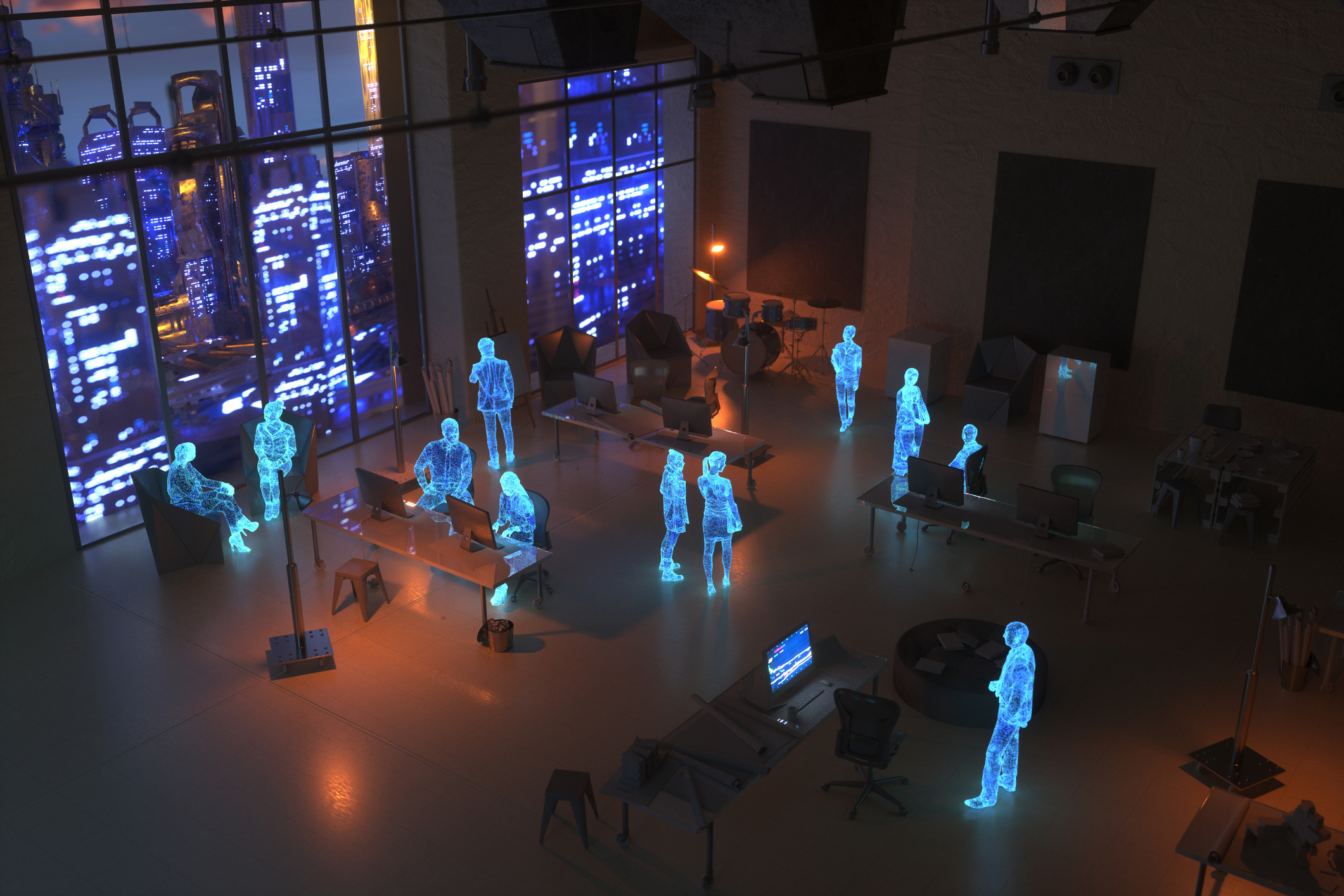Over the last couple of decades we’ve had some fundamental shifts in the way people work together on projects to improve efficiency. Artificial intelligence, although still in its relative infancy, is rapidly gaining momentum as the “next big thing” or at least, it is rapidly occupying our thoughts as “experts” warn of our impending doom. Regardless of how dystopian the future may look like in 100 years, we’re still quite a ways from integrating even basic artificial intelligence (AI) across the board to help drive key business decisions on a project and program level.
Regardless of how sophisticated our programming and mathematical modeling is, management is still (and will always be) inherently about managing people and not data. Understanding and navigating relationships to inspire the best and most fulfilling work is still an integral part of a manager’s day to day, and AI is simply not equipped to handle this anytime soon. However, where AI does offer a dramatic shift is in using data and analytics to identify gaps in the way companies implement their products and services.
(Or you can use algorithms to draw fun hats!)
Living in an increasingly interconnected world, the level of circulating data we can use to glean insight is staggering, and without AI (or an unreasonable amount of time and energy) it is simply impossible for organizations to tap into this “wisdom of crowds” to better inform their next steps.
Understandably, there is still a lot of fear from people worried that AI will take away their jobs, but the more likely scenario is that AI will remove the burden of tedious labor and input to instead give rise to the need for creative capital. Processing power is designed to deductively sift through the facts, but innovating on and interpreting these insights is still a more elusive task for even the most ambitious of AI projects.
Managers need to use machine learning to leverage their existing data sets and find ways to optimize and capitalize on new opportunities. Ultimately, a company is most profitable in a society when it delivers value based on real world challenges. Machine learning can identify gaps in User Experience, identifying patterns of behavior both positive and negative that managers can take to their teams to address. It should also be used to react to market trends, better understand what drives customer decisions, and identify cost saving measures that reduce operating inefficiency.
AI in all of its various forms is being used to widen the gap between companies and their competitors. The more sophisticated the applications of ML within these organizations, the more work smaller firms need to do to stay competitive. Luckily, ML tools are becoming more widely available, and experimenting with AI can offer many benefits at very low costs. The most important ingredients in a successful ML pilot is creativity and perspective, and this is where strong managers need to step in to lead the journey.
Interested in learning more? Contact our team today.





